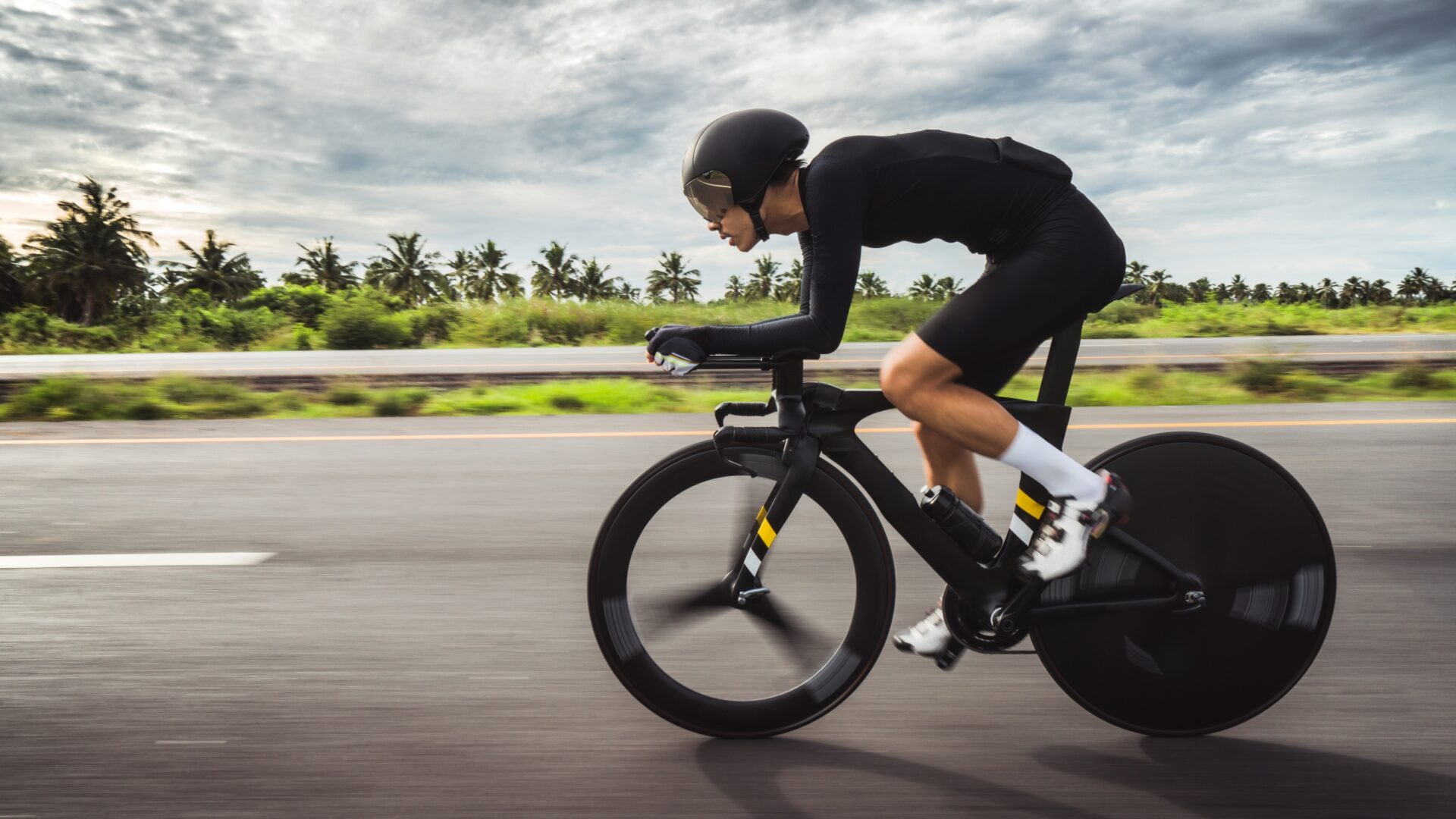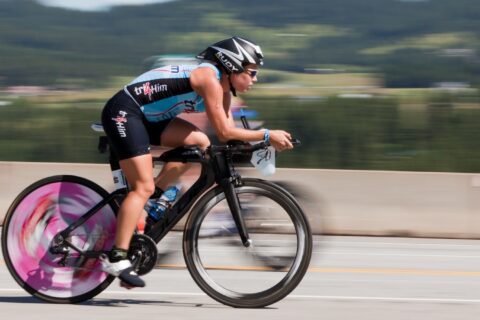Learn what aero sensors do for cyclists and whether or not the tech is worth adding to training.
Learn what aero sensors do for cyclists and whether or not the tech is worth adding to training.

Learn what aero sensors do for cyclists and whether or not the tech is worth adding to training.

Learn what aero sensors do for cyclists and whether or not the tech is worth adding to training.

The era of AI-augmented endurance coaching is here. New tools don’t just collect data—they intelligently interpret, adapt, and learn, helping data-driven coaches and athletes to refine their training.

Some say filling a hydration bladder with cold water or ice could improve heat management for gravel riders compared to a standard jersey. This article explores whether that claim holds merit.

You don’t need to spend huge amounts of money on gear to see significant gains in your triathlon times.

Continuous lactate monitors have the potential to be a game changer in the endurance world, but does the technology measure up to the hype?